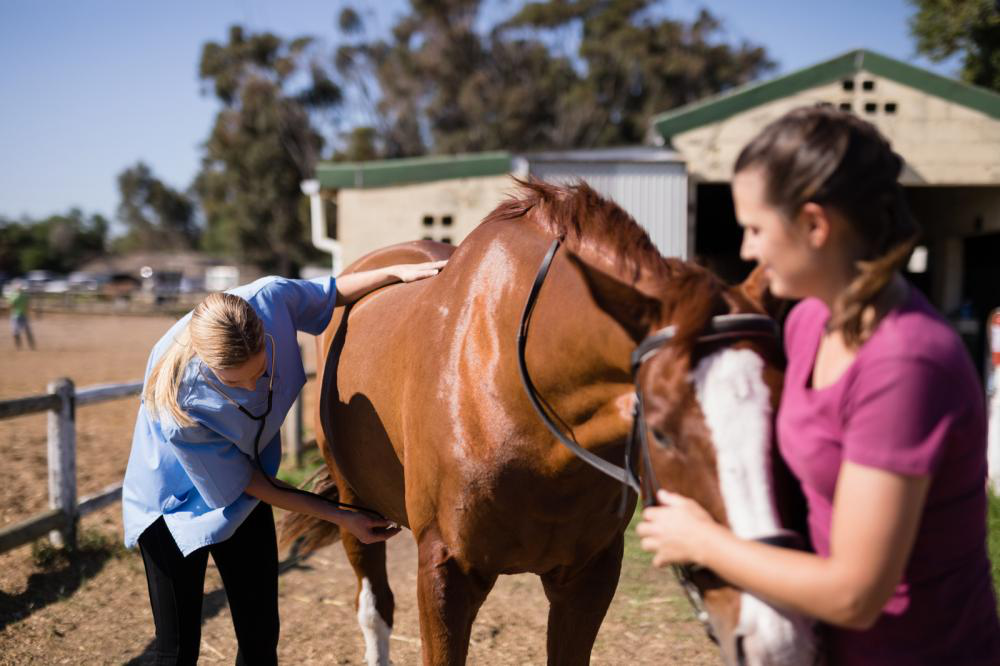
Residents of big cities think of veterinary clinics as a treatment center for their pets, but pets aren’t the only animals that vets are supposed to treat.
In rural parts of the country, vets primarily treat livestock that serves as a source of milk, meat, eggs, wool, etc.
Rural veterinary medicine is very different from what you see in metropolitan cities. Everything from the types of animals to the nature of the practice differs in rural settings. The animals are much larger and are prone to illnesses that you won’t usually find in domestic pets.
Recently rural veterinarians have raised concerns about the insufficient supply of veterinary medicine in small towns. Despite there being a great demand for vets in places like Western Kansas, there are only a handful of veterinary clinics operating rural areas.
Here’s why rural veterinary medicine is struggling in the USA:
Lack of Supply

According to the USDA, there are around 500 underserved counties in the country. In 2019, 44 out of the 50 states reported an insufficient supply of veterinary clinics.
The reason for this is simple; veterinarians in rural areas don’t get the sort of salaries that are offered in metropolitan cities. Also, much of their job happens out of the clinic; they drive long distances to treat animals, which limits the number of patients they can see on a given day.
Vets in these areas have also tried the on-call strategy; they can be on-call for 180 days of the year, during which they can be called any time of the day or night. These less than ideal business hours and working conditions make it difficult to attract vets to rural locations.
Major Corporations Buy Veterinary Clinics
Here’s an astonishing fact: the largest employer of veterinarians on the globe isn’t a famous chain of veterinary clinics—it’s a confectionary manufacturer! Mars, Inc. is a renowned manufacturer of confectionaries (M&Ms, Snickers, Twix, etc.), pet food, and many other food products.
The confectionary giant owns over 2,000 veterinary hospitals in Europe and the US; more than 50,000 vets work for the organization.
The US is currently home to 30,000 veterinary practices, out of which major corporations own 3,500. Although these corporations support veterinary hospitals with funds, they’re also focused on generating revenue—for this reason, it makes more financial sense for them to remain in big cities than to move to rural areas.
Rural Locations are Unappealing to Graduates
Farmers in rural areas have insisted the government encourage students to veterinary colleges; the problem with this is that students graduate with a debt of $143,000. To pay off their debt, they have no choice but to take up high-paying jobs in the city.
What makes things worse is that most people aren’t comfortable living in the middle of nowhere, not knowing how much money they’ll have by the end of the month.
Rural veterinary medicine can use the features of advanced veterinary practice management software to help them better serve their patients. Cloud-based veterinary practice software can be used to share information with relief vets that provide temporary services in rural locations.
Contact us for more information on how our software can improve your veterinary practice.

